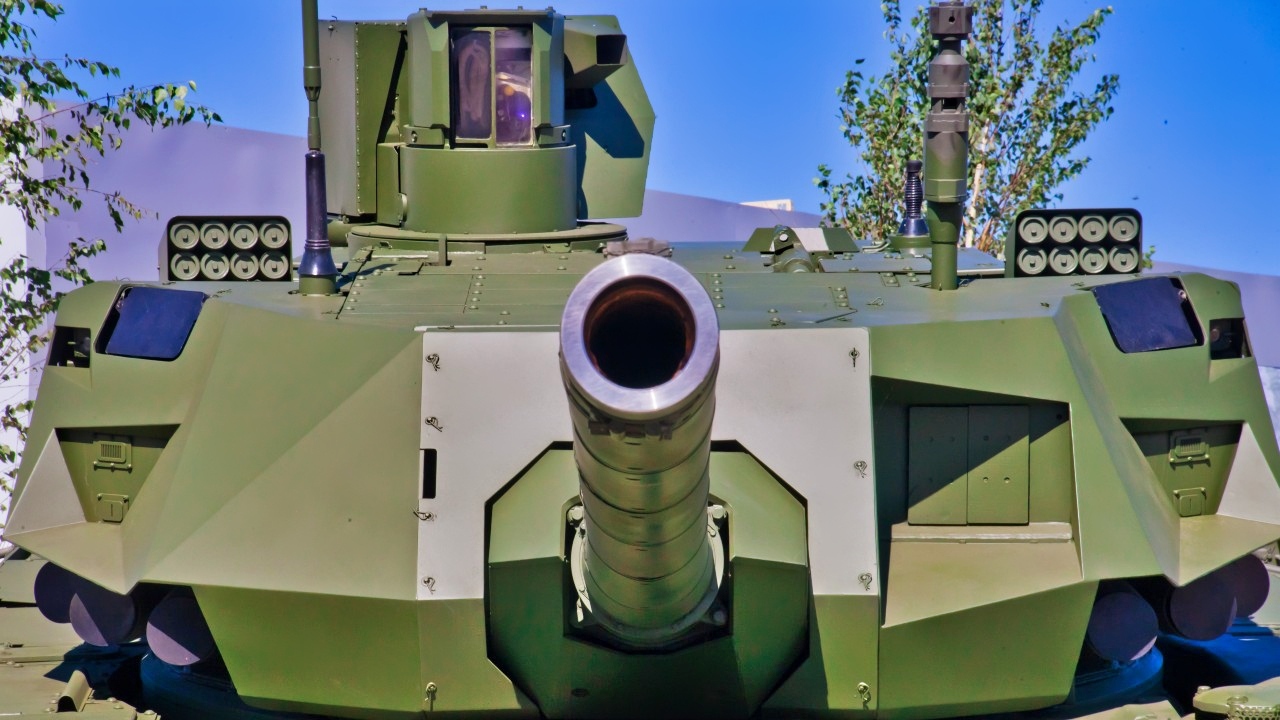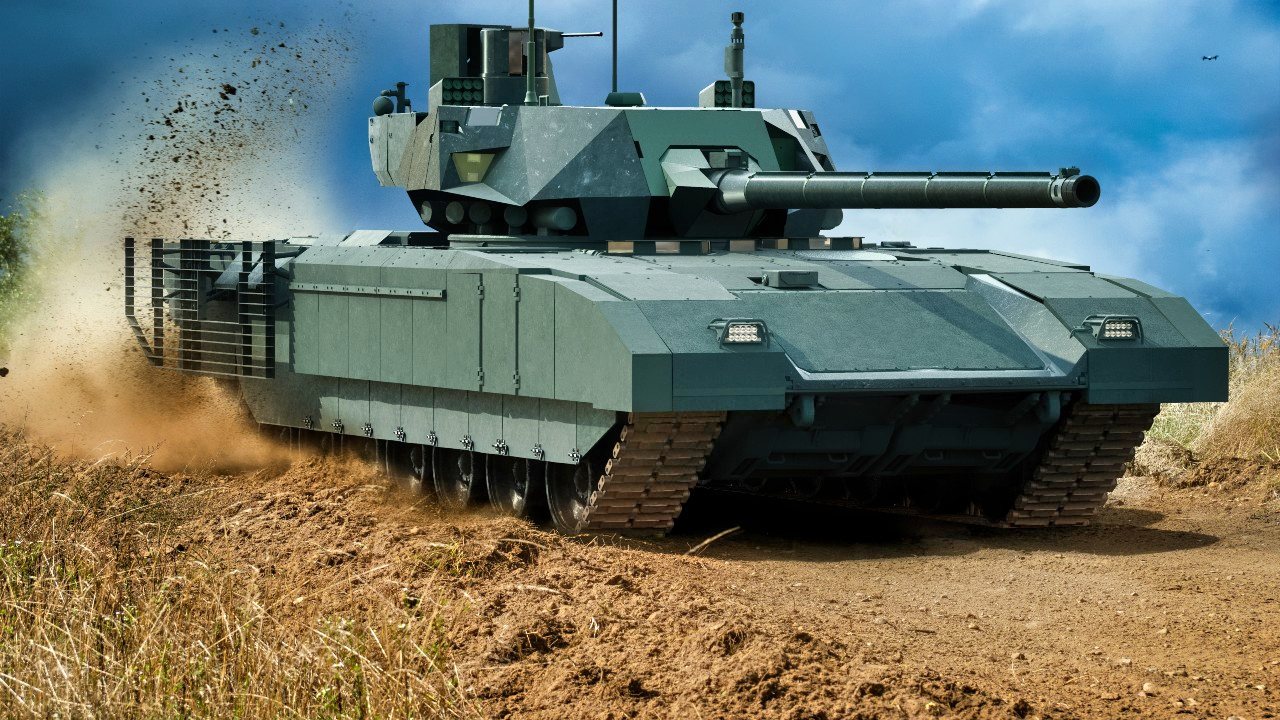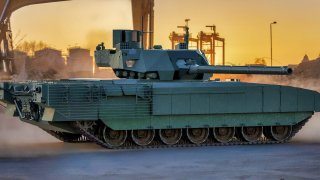Russia's T-14 Armata Tank Is Just A Bunch of Hype
Despite the ongoing conflict in Ukraine, Russia has refrained from deploying its advanced T-14 Armata main battle tanks. While the T-14 boasts impressive specifications, including a 125mm main cannon and advanced technology, logistical and strategic considerations have kept it off the battlefield.
Summary: Despite the ongoing conflict in Ukraine, Russia has refrained from deploying its advanced T-14 Armata main battle tanks. While the T-14 boasts impressive specifications, including a 125mm main cannon and advanced technology, logistical and strategic considerations have kept it off the battlefield. With Western intelligence estimating significant daily casualties, deploying the T-14 risks exposing its vulnerabilities and undermining Russian prestige. Additionally, showcasing the T-14 in combat could deter potential foreign buyers, impacting Russia's arms export market. Thus, the absence of the T-14 in Ukraine underscores the complex interplay between military strategy, technological prowess, and economic interests.
Why Russia Isn't Deploying Its T-14 Armata Tanks in Ukraine
The conflict in Ukraine shows no sign of stopping. The Russian military is throwing everything it has against Ukraine’s defensive lines as it seeks an operational breakthrough.
Moscow’s offensive does not come cheap. Western intelligence agencies assess that the Kremlin loses upward of 1,000 men killed and wounded every day. So it might strike you as odd that the Russian military is not using its most advanced main battle tank, the T-14 Armata, in the fighting.
The T-14 Armata Tank
The T-14 Armata, which was announced in the 2010s, is a heavy main battle tank.
Weighing 55 tons, the T-14 is much lighter than comparable Western tanks – the American M1A2 Abrams, for example, weighs close to 70 tons in full combat loadout.
The Russian main battle tank packs a 125mm main cannon, a 50-caliber heavy machine gun, and a 7.62mm coaxial light machine gun. It can also take anti-tank missiles and grenade launchers. In terms of manpower, the T-14 Armata follows Russian doctrine with a crew of three men (commander, gunner, and driver). It uses an automatic loading system to feed its main gun.
At one point, the Russian military planned to purchase more than 2,000 T-14 Armata tanks. But after battling a series of technological and funding issues, the program is all but dead. Only a handful of T-14 Armatas exist, and they haven’t seen any serious actions in Ukraine. As such, Russian forces have to rely on their existing T-90 tanks.
Where is the T-14 Armata?
As we have previously covered here at The National Interest, the T-14 Armata is a highly problematic piece of equipment. For the Kremlin, weapons systems like the T-14 signify prestige. Russian President Vladimir Putin likes nothing more than to look at his Western counterparts and boast about a piece of Russian innovation.

That search for prestige is one of the main reasons the T-14 hasn’t fought in Ukraine. The main battle tank is clearly not suited for large-scale conventional warfare against a Ukrainian military equipped with modern Western weapons. Footage of smoldering T-14 Armata tanks in Ukraine wouldn’t speak well for one of the technological prides of the Russian defense system.
A second reason for the Armata’s absence is related to the first. Footage of destroyed T-14s would make the tank much less attractive to foreign buyers. Even in the midst of the largest conflict on European soil since the end of World War Two, Russia maintains a lucrative foreign military sales business. By not sending the main battle tank to fight in Ukraine, the Kremlin is shielding its financial interests.

About the Author
Stavros Atlamazoglou is a seasoned defense and national security journalist specializing in special operations. A Hellenic Army veteran (national service with the 575th Marine Battalion and Army HQ), he holds a BA from the Johns Hopkins University, an MA from the Johns Hopkins’ School of Advanced International Studies (SAIS). He is pursuing a J.D. at Boston College Law School. His work has been featured in Business Insider, Sandboxx, and SOFREP.
All Images are from Shutterstock.


